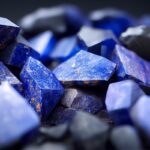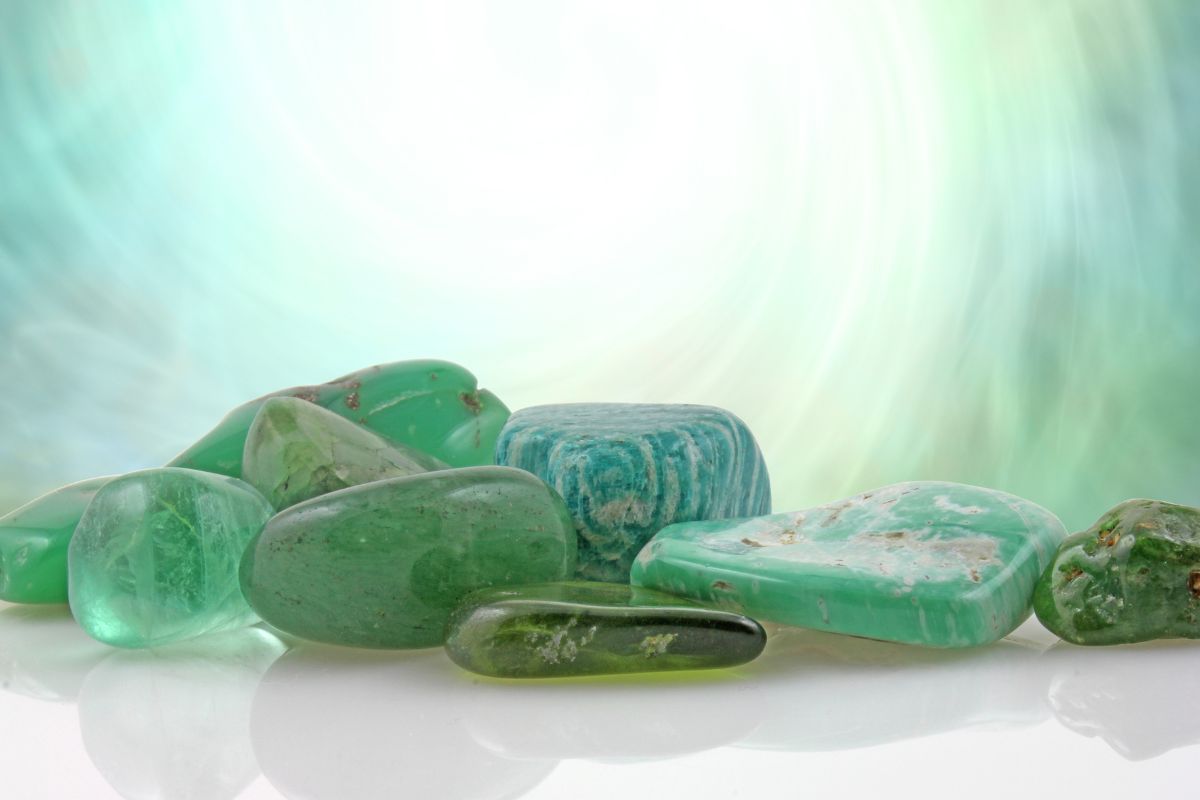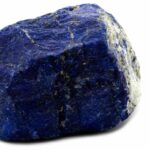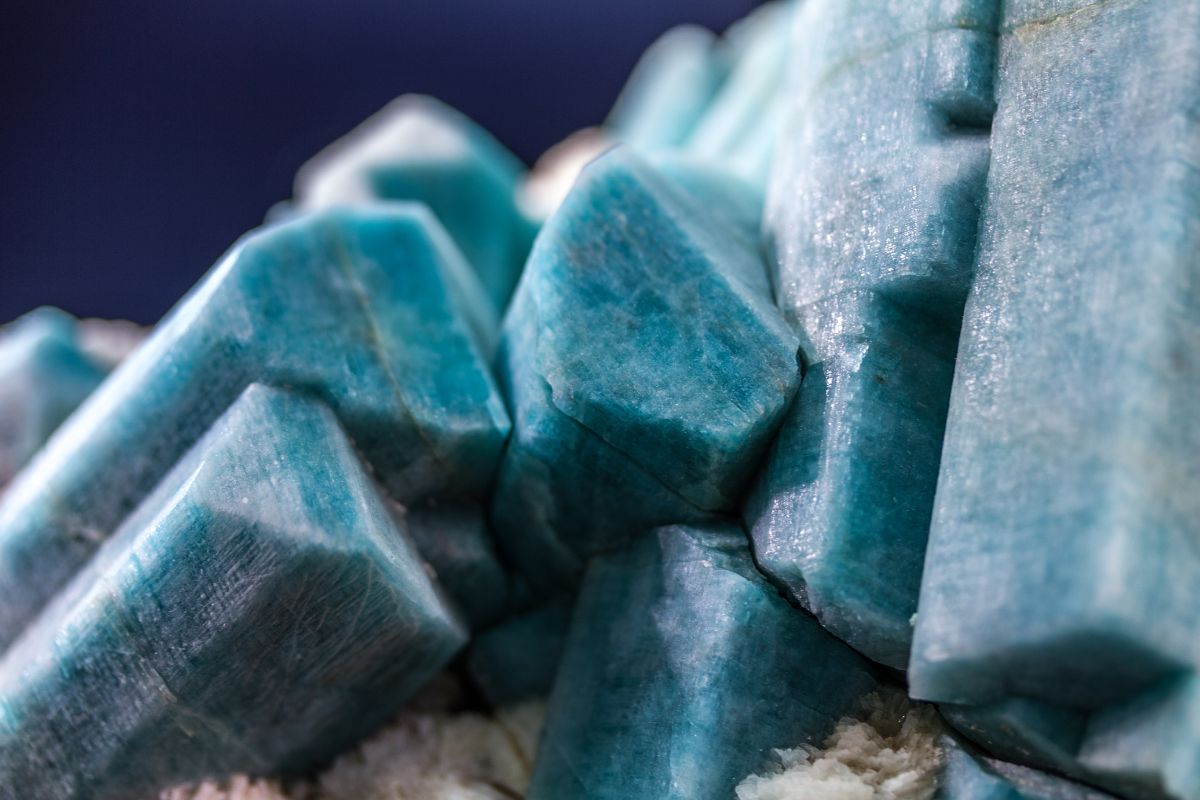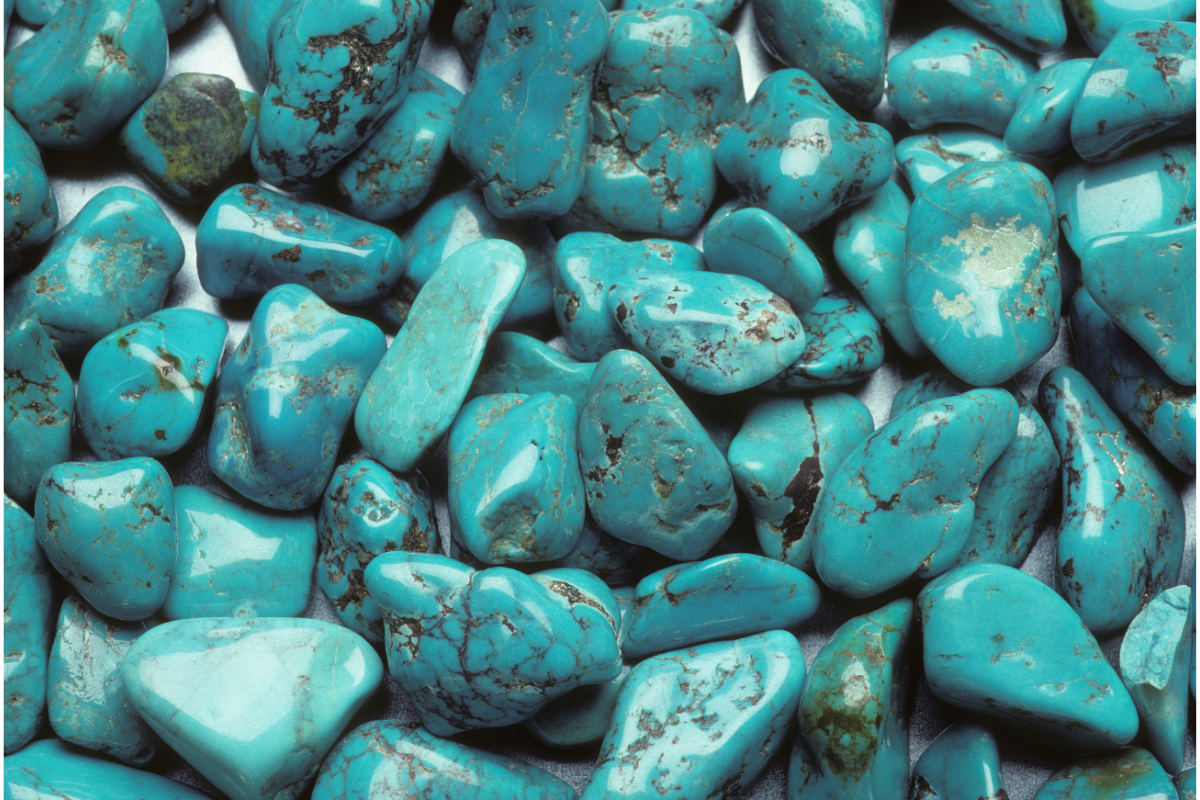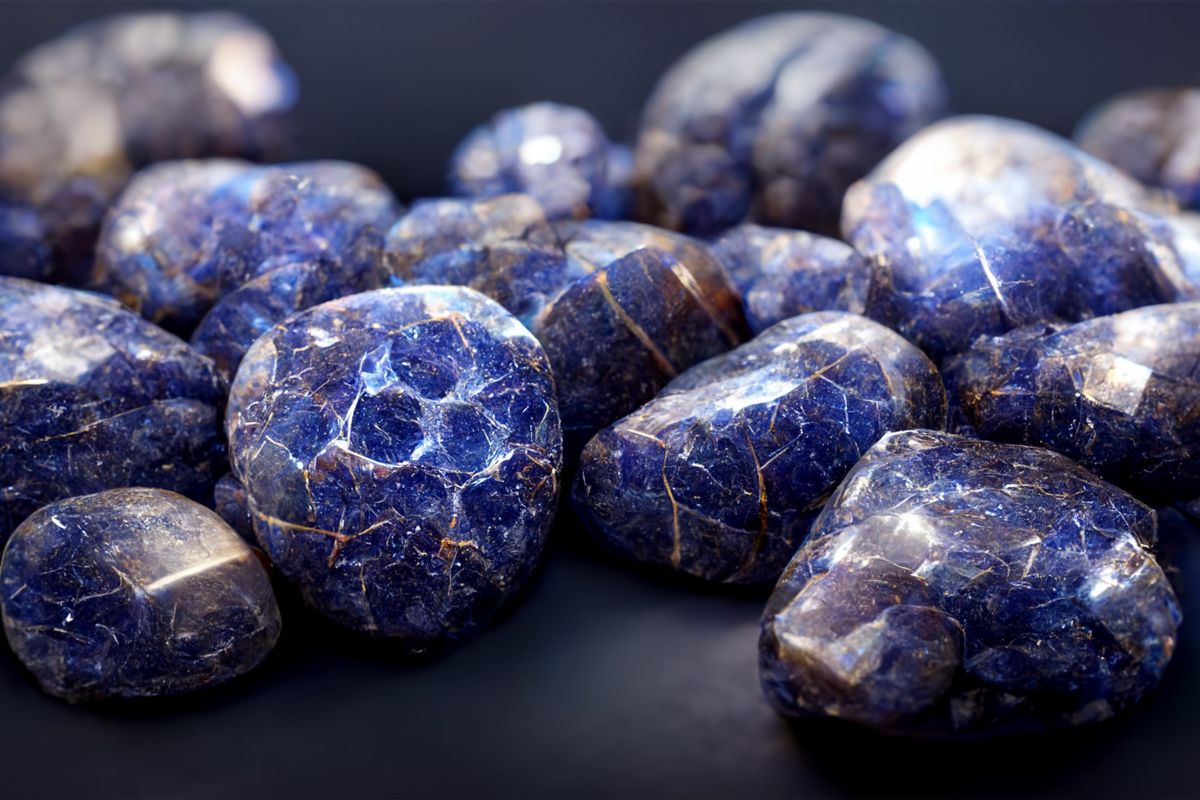Spiritual stones have been commonly used throughout human history for a variety of different reasons. From attracting positive energy to balancing body chakras, they are believed to have unique properties that make them integral to various spiritual practices.
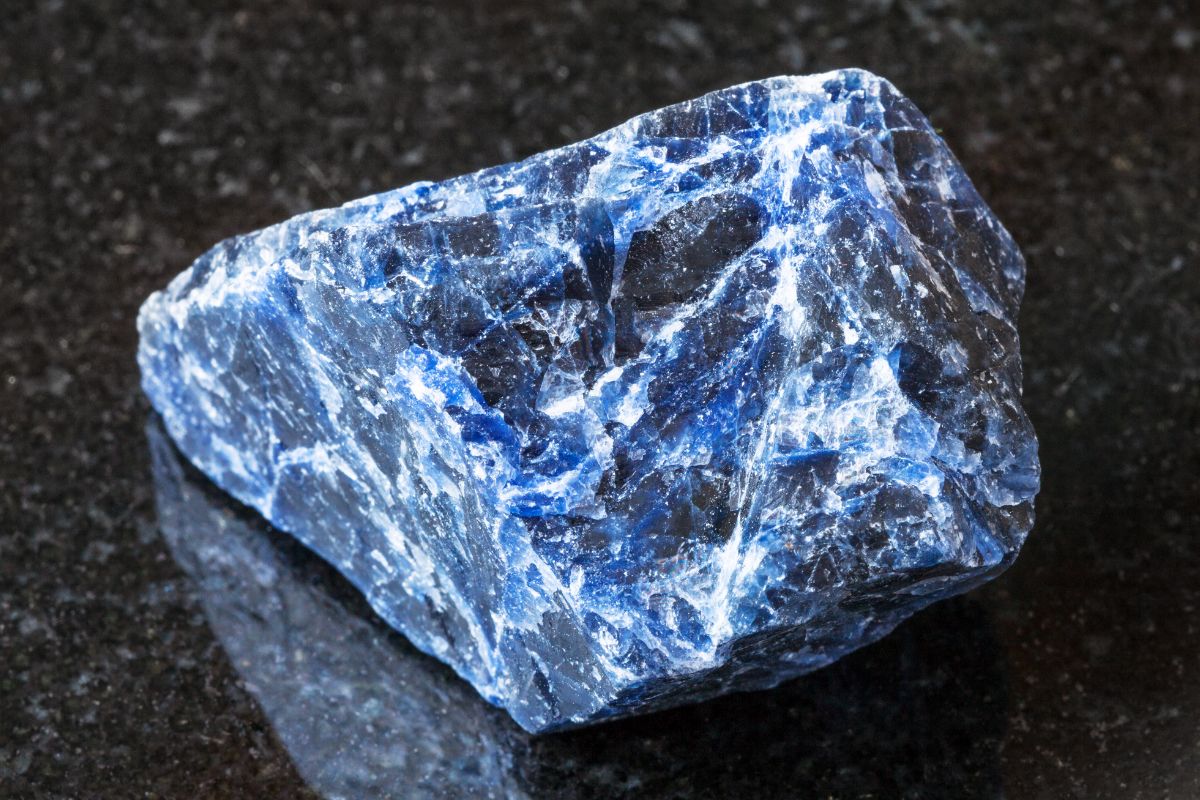
For instance, some stones are believed to have healing properties, while others are thought to promote creativity or remedy various mental health issues. Two popular stones used for spiritual purposes are Sodalite and Lapis Lazuli.
While these stones are very similar in physical appearance, they have some different spiritual properties that you might need to know about.
In this article, we’re going to take a look at the differences and similarities between Sodalite and Lapis Lazuli, and how you can incorporate them into spiritual practices.
Sodalite: An Overview
First let’s take a look at Sodalite. Sodalite is a blue stone that is most often found in parts of Canada and Brazil. It’s become a popular choice for meditation due to its apparent calming effects on the mind.
This stone has a relationship with both the third eye and throat chakras, and is believed to help stimulate both of these and bring balance. It’s worth noting that Sodalite is a naturally occurring mineral, belonging to the group titled tectosilicates.
It’s composed of a mixture of aluminum, silicon, oxygen, chlorine, and sodium. Sodalite is created within igneous rocks – for example, plutonic or volcanic rocks because of their rich levels of sodium and potassium.
Some of the purported benefits of Sodalite include inner peace, self-expression, and increases in self-esteem. The stone is often associated with improvements in focus and concentration, making it a great choice for meditation.
Some people also believe that Sodalite is believed to enhance creativity and self-discipline, making it a companion to many creatives who are also into spiritual beliefs and practices.
Lapis Lazuli: An Overview
When we take a look at Lapis Lazuli, you’ll notice a lot of similarities between it and Sodalite. Both stones have a very distinct blue coloring, which over time has made them both popular choices for jewelry.
It is most commonly found in Afghanistan, Russia, and Chile, but can also be found in other parts of the world. Also similar to Sodalite, Lapis Lazuli is connected to both the throat and third-eye chakras discussed within many spiritual beliefs across the world (to learn more about lapis lazuli’s chakra connections, read here).
It is believed to have several benefits including promoting inner peace, remedying anxiety and stress, as well as enhancing intuition. The stone is also believed to improve a person’s communication and self-expression skills.
Although Lapis Lazuli and Sodalite are often confused, you should know that their composition of minerals is fairly different. Lapis Lazuli is composed of calcite, pyrite, and lazurite among others. It is most commonly found in limestone deposits that contain the right amount of minerals.
After a process we call metamorphosis occurs, these minerals are exposed to a high temperature and level of pressure which causes them to recrystallize and form new minerals.
Which One Is Better For Meditation?
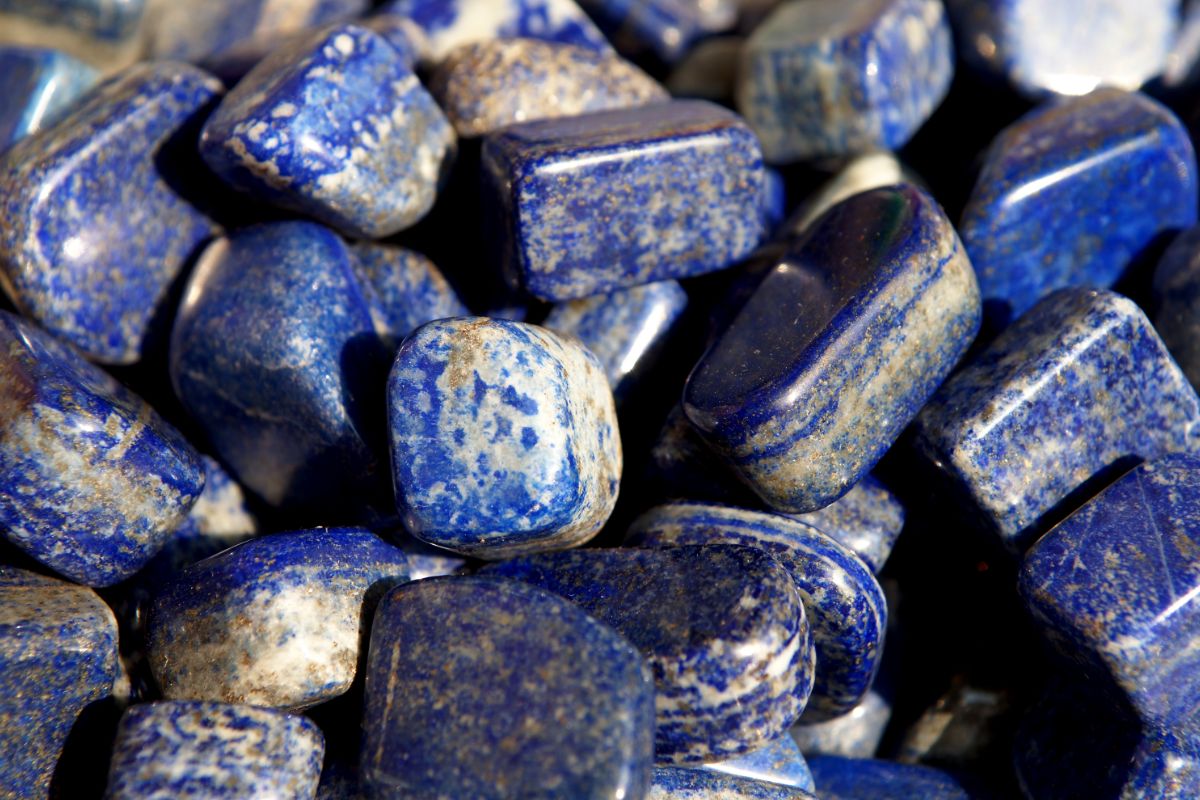
Both Sodalite and Lapis Lazuli are excellent stones for meditation, and despite their notable similarities, they have different properties that make them suitable for different purposes.
Sodalite is a calming stone that is believed to enhance focus and concentration. This stone is ideal for those who struggle to quiet their mind during meditation.
Sodalite is also believed to promote creativity and self-discipline, which can be beneficial for those who want to use meditation to enhance their productivity.
On the other hand, Lapis Lazuli is a powerful stone that is believed to enhance spiritual awareness and activate the higher mind. This stone is ideal for those who want to deepen their spiritual practice and connect with their higher self during meditation.
Lapis Lazuli is also believed to promote creativity and self-expression, making it an excellent stone for artists and writers.
So which one is better for meditation (or other spiritual practices), ultimately comes down to the aim of your session, as well as your personal characteristics.
We’d suggest considering your current spiritual goals before choosing a stone, even before you begin a session, as this can help hone your mind and get you ready to make the progress you’re looking to create.
Final Thoughts
So in conclusion, both Sodalite and Lapis Lazuli are gorgeous stones with unique properties that make them suitable for different spiritual purposes.
Sodalite is better suited for those who want to enhance their focus and productivity, while Lapis Lazuli is a perfect choice for any who want to deepen their spiritual practices and connect with the spiritual realm in a more complete way.
If you’re new to meditation, we’d recommend that you start off with Sodalite as it is a calming stone that can be very helpful for early meditation sessions.
As you progress through your spiritual journey, you may then want to incorporate Lapis Lazuli into your rituals to enhance your spiritual awareness and deepen your connection with your spiritual self. We wish you the best of luck with your spiritual journey and hope that these stones help you!
Frequently Asked Questions
The good news is that both stones can be used together, without any adverse effects. If you combine these two stones, you may be able to get the best of both worlds. We’d recommend it for focused sessions of meditation that make the best of both of their properties.
Stones such as Sodalite or Lapis Lazuli are often incorporated into spiritual practices via their presence during a session of meditation or yoga. Some practitioners choose to keep the stone close, others like to hold it in their hand.
The idea is to use the spiritual stone as a guide that will enhance your spiritual activity, tapping into its energy to allow you to experience new forms of consciousness.
- 15 Crystals That Cannot Be Exposed To The Sun - January 7, 2024
- Malachite Vs Fuchsite – Benefits And Uses - January 7, 2024
- Malachite Vs. Green Jasper: Benefits And Uses - January 7, 2024

